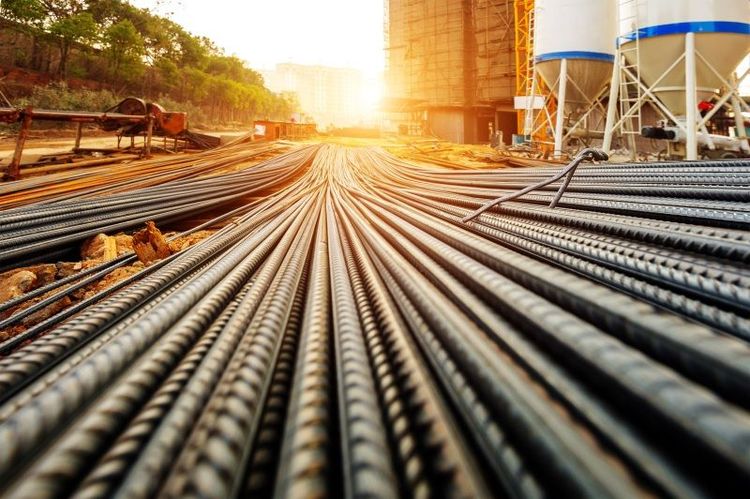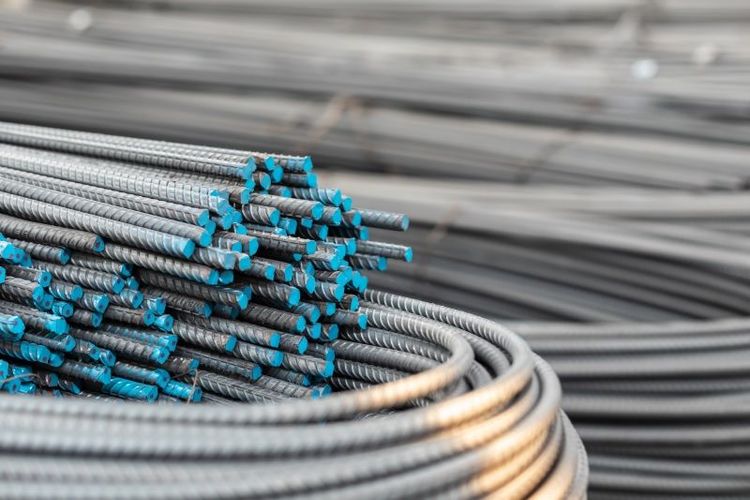4. Manufacturing process
Understanding the manufacturing process of the TMT bar can help you assess their quality and performance. Look for brands that use advanced technology and follow a controlled and precise manufacturing process. This ensures that the TMT bars have the desired properties and are free from defects.
5. Corrosion resistance
Corrosion can significantly impact the lifespan and structural integrity of a building. Choose TMT bars that have good corrosion resistance properties, such as a protective oxide film on the surface. This will help to prevent rusting and ensure the long-term durability of the structure.
6. Strength and ductility
TMT's strength and ductility are pivotal factors in your selection process. The balance between these two properties is crucial because high strength is desirable, but not at the expense of ductility. High-strength TMT steel bar is suitable for projects with heavy loads. However, for certain applications, such as bridges and earthquake-prone regions, medium-strength TMT with exceptional ductility might be a more prudent choice.
7. Bendability and weldability
TMT bars should have good bendability and weldability properties to facilitate easy handling and construction. Check the specifications of the TMT rebar to ensure that they can be easily bent and welded without compromising their strength and integrity. Control of Carbon Equivalent (CE) value and enhancement of ductility will result in ease of fabrication by ensuring better weldability and bendability.
8. Brand reputation and support
Consider the reputation of the TMT brand and their after-sales support. A reliable brand will provide technical assistance, documentation, and guidance throughout the construction process. This can be invaluable in ensuring the proper use and installation of the TMT rebar.
TMT grades and their suitability
Fe415: This is one of the most commonly used TMT grades. The 'Fe' stands for iron, and '415' represents the minimum yield strength of the steel in megapascals (MPa), which is approximately 415 MPa. Fe415 TMT is suitable for a wide range of construction applications.
Fe500: Fe500 TMT has a minimum yield strength of around 500 MPa. It offers higher strength and is often used in structures where greater load-bearing capacity is required. This grade is suitable for multi storied buildings.







 +91 7208055523
+91 7208055523
 Help & support
Help & support
